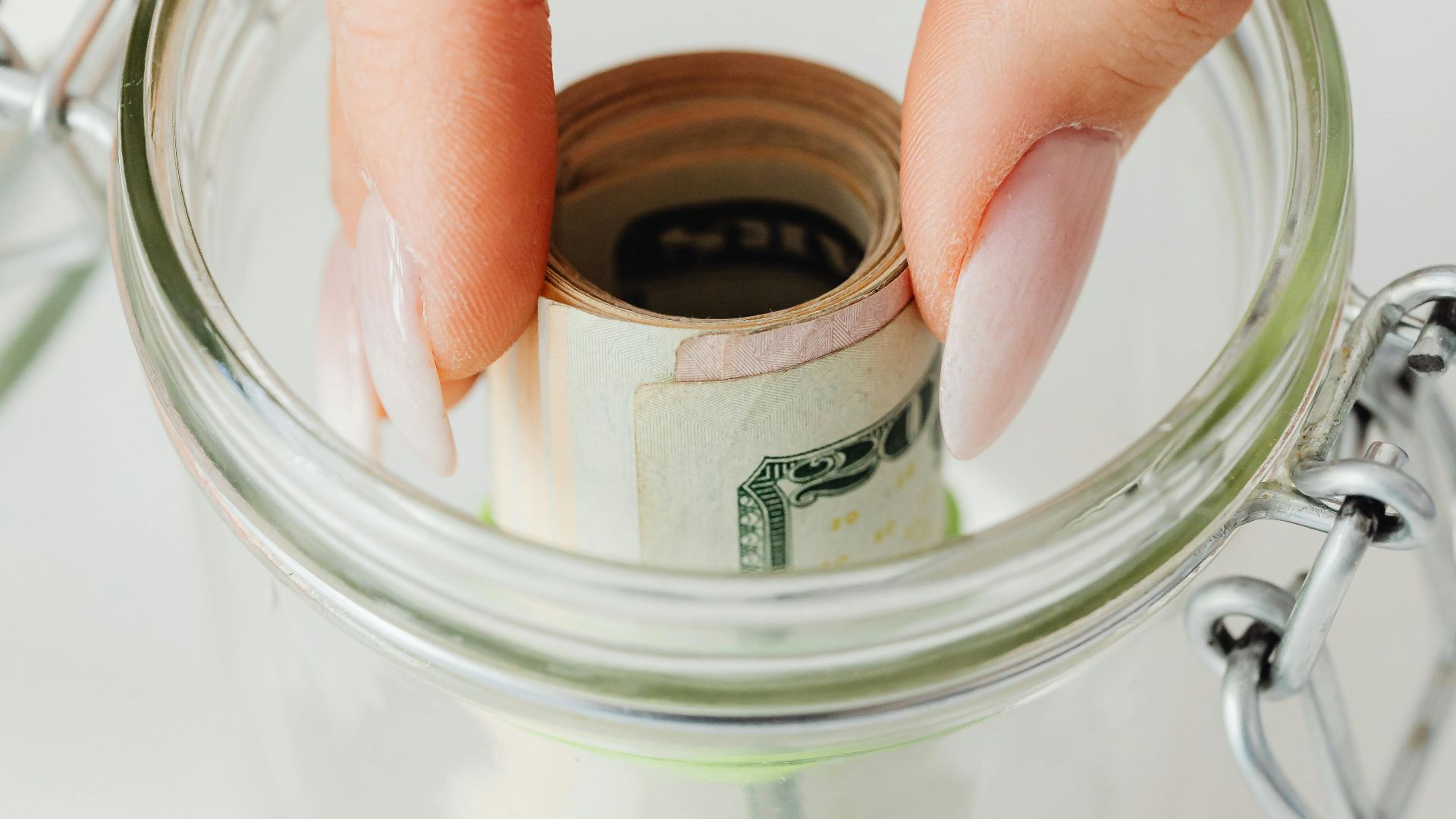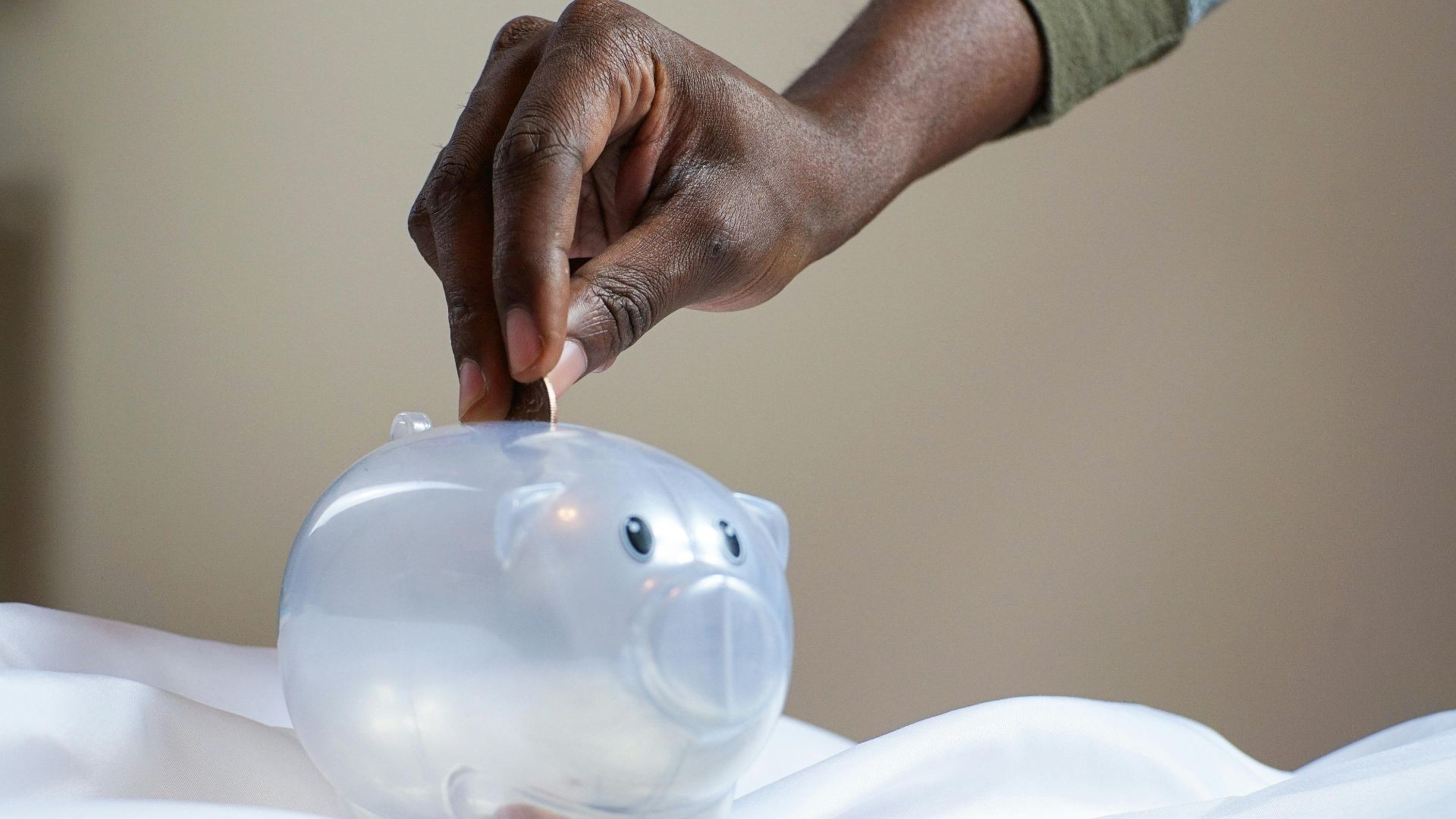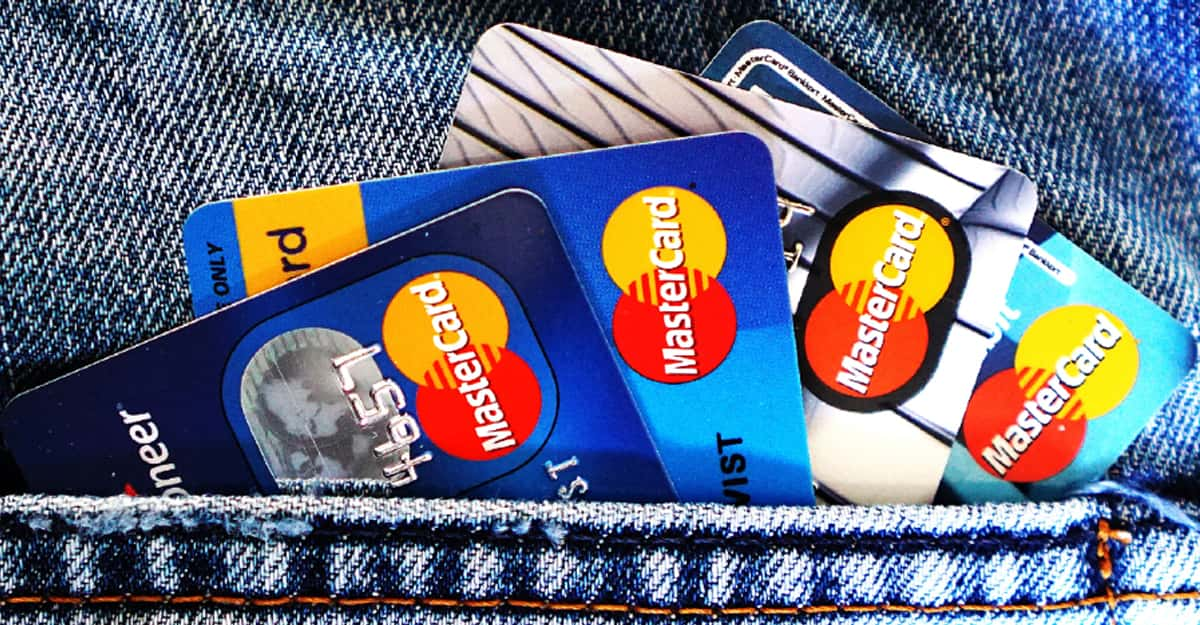Reserve Tapped
That safety net you worked so hard to build just disappeared. The reason doesn't matter right now. What really matters is having a game plan to get back on solid ground quickly.

Emergency Fund Basics
Financial experts recommend stashing away three to six months of living expenses, but here's what they don't tell you upfront. The average American household spends $6,440 per month, meaning your emergency fund should ideally hold between $19,200 and $38,800.
 Photo By: Kaboompics.com, Pexels
Photo By: Kaboompics.com, Pexels
Depletion Scenarios
Medical emergencies drain emergency funds faster than most crises, with the average hospital stay costing $13,262, according to recent healthcare data. A single cardiac event can trigger $50,000+ in expenses within weeks. Plus, job loss affected 1.8 million Americans per month in 2024.
Recovery Timeline
Rebuilding takes patience, as a 6-month emergency fund will generally take you 12–18 months to establish, depending on income and expenses. However, the encouraging truth is that you don't start from zero vulnerability. Even $500 saved provides breathing room for minor emergencies.
Timeline Steps
The first month focuses on stopping financial bleeding. Months two through six involve aggressive rebuilding, and months seven through twelve complete your safety net. Savvy savers use the "pay yourself first" principle, automatically transferring 20% of their income to emergency savings.
 Photo By: Kaboompics.com, Pexels
Photo By: Kaboompics.com, Pexels
Stay Calm
Did you know your brain's amygdala triggers fight-or-flight responses during financial stress? According to neuroscience research, it impacts your decision-making ability. So, take three deep breaths as panic leads to expensive mistakes like withdrawing retirement funds early. This results in 10% penalties plus taxes.
Panic Decisions
One common panic decision involves cashing out 401(k) accounts, which triggers immediate 10% penalties plus ordinary income taxes. This potentially costs $3,200 in fines on a $15,000 withdrawal that could have covered months of expenses instead.
Assess Finances
Start with brutal honesty: grab your last three bank statements and calculate your exact monthly burn rate. Fixed expenses (rent, insurance, minimum debt payments) typically consume 50–60% of income, while variable costs (groceries, utilities, gas) add another 20–30%. Write down every debt, asset, and monthly obligation.
 Photo By: Kaboompics.com, Pexels
Photo By: Kaboompics.com, Pexels
Prioritize Expenses
Housing prices should never go beyond 30% of income, yet 21.1 million American households spend over half their income on rent, according to Harvard's Joint Center for Housing Studies. Create your survival hierarchy: shelter, utilities, food, transportation, and minimum debt payments form your non-negotiable foundation.
Stop Spending
Americans impulse-buy an average of $151 monthly, according to Slickdeals' 2023 consumer survey. Well, that's around $1,812 annually disappearing without conscious decision-making. Immediately freeze all non-essential purchases by removing stored payment methods from shopping apps and websites. Use only one debit card for essential expenses.
 Photo By: Kaboompics.com, Pexels
Photo By: Kaboompics.com, Pexels
Gig Economy
Interestingly, the gig economy generated $556.7 billion last year, with platforms like DoorDash, Uber, and TaskRabbit providing you with immediate earning opportunities. Average drivers earn $15–25 hourly, while delivery drivers generally make $12–18 plus tips. You can sign up for multiple platforms simultaneously.
Sell Assets
Your home contains an average of $7,000 worth of unused items, according to estimates from past surveys. Hence, start with electronics. Old smartphones, tablets, and gaming consoles retain surprising value on Facebook Marketplace and eBay. Designer clothing, especially unworn items with tags, sells quickly on Poshmark.
Side Hustles
Freelance writing pays $15–75 per hour, depending on expertise, with Upwork hosting over 18 million freelancers in the previous year. Beyond traditional gigs, consider micro-consulting in your professional field. Even 5 hours weekly at $50/hour makes $1,000 monthly. Pet-sitting through Rover averages $25–50 daily.
Side Hustles (Cont.)
Similarly, house-sitting can also eliminate your housing costs temporarily. The key lies in monetizing existing skills rather than learning new ones during crisis mode. Tax preparation, tutoring, and virtual assistance require minimal startup costs but can yield substantial returns during peak seasons.
Government Programs
That’s not all. SNAP benefits help 42 million Americans monthly, providing $200+ in food assistance per person while freeing up cash for other essentials. The Low Income Home Energy Assistance Program (LIHEAP) also covers utility bills and weatherization costs in all 50 states.
 Photo By: Kaboompics.com, Pexels
Photo By: Kaboompics.com, Pexels
Housing Help
Section 8 housing vouchers reduce rent to 30% of income, though waiting lists average 1–2 years in major cities. Apply immediately, even if uncertain about eligibility. The processing times range from 30–90 days, and retroactive benefits usually apply from application dates rather than approval dates.
Hardship Programs
Credit card hardship programs are available at every major issuer, but they aren't advertised. You must specifically request them by name. These programs reduce interest rates to 0–8% for 6–12 months while waiving late fees. Mortgage forbearance allows payment delays for up to 18 months.
Fast-Track Seasonal Jobs
Seasonal retailers like Target and Amazon hire over 200,000 temporary workers per year, often within 48 hours of application during peak periods. Evening and weekend shifts accommodate existing schedules while providing immediate income. Remote customer service positions through LiveWorld and Working Solutions also offer $12–18 hourly.
Community Resources
Apparently, food banks serve approximately 6.6 billion meals annually through Feeding America's network of around 200 member organizations. No income verification is required for most schemes. Local churches and community centers aid in rental assistance, utility payments, and emergency cash grants.
Family Support
Approach family assistance strategically by presenting specific amounts and repayment timelines rather than vague requests for help. The Federal Reserve reports that 37% of Americans would borrow from family or friends to cover a $400 emergency. Structure arrangements as formal loans with written agreements.
Credit Counseling
Nonprofit credit counseling agencies certified by the National Foundation for Credit Counseling provide free consultations and debt management plans. These services can reduce credit card interest rates to 8–12% while consolidating payments into a single monthly amount. Beware of for-profit "debt settlement" companies charging upfront fees.
Emergency Budget
Survival budgeting allocates 50% to housing, 30% to food and transportation, and 20% to minimum debt payments. Everything else gets eliminated temporarily. Track every expense for one week before creating your emergency budget, as people typically underestimate spending by 20–30%.
 Photo By: Kaboompics.com, Pexels
Photo By: Kaboompics.com, Pexels
Budget Methods
Use the envelope method for variable expenses, such as groceries and gas, by withdrawing weekly cash amounts to prevent overspending. Zero-based budgeting ensures every dollar serves a specific purpose, eliminating unconscious spending leaks. Remember to review and adjust weekly.
 Photo By: Kaboompics.com, Pexels
Photo By: Kaboompics.com, Pexels
Negotiate Bills
It's important to start with your largest bills first. Cable, phone, and insurance companies tend to offer discounts of 10–30% to customers who claim financial hardship. Threaten cancellation politely but firmly; retention departments have broader authority to reduce rates than regular customer service.
 Photo By: Kaboompics.com, Pexels
Photo By: Kaboompics.com, Pexels
Restart Savings
Begin with micro-savings of $25–50 weekly rather than attempting to rebuild your full emergency fund immediately. Small, consistent deposits create psychological momentum and sustainable habits. The "pay yourself first" principle works because it treats savings as a non-negotiable expense and not leftover money.























